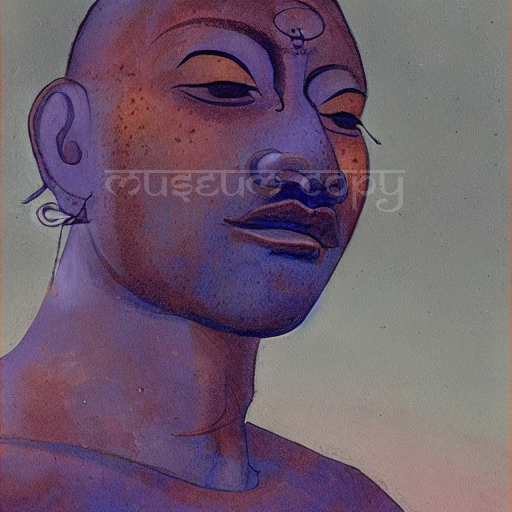British Policy of Divide and Rule and the Impact on Indian Art and Music
•

The policy of "divide and rule" implemented by the British in India had implications for art and music. The British colonial authorities recognized the cultural significance of art and music in Indian society and strategically manipulated these forms of expression to further their divide and rule agenda.
1. Promotion of European Art Forms: The British administration promoted European art forms such as painting, sculpture, and classical music, considering them superior to indigenous Indian art forms. They established art schools and institutions that emphasized European artistic traditions, marginalizing traditional Indian art forms.
2. Suppression of Nationalistic Art: The British authorities discouraged and suppressed art forms that expressed nationalist sentiments or challenged colonial rule. Artists who portrayed themes of Indian independence or critiqued British policies were often marginalized or censored. This suppression limited the growth of nationalist art movements during the colonial period.
3. Division Along Religious Lines: The British fostered divisions in the art and music sphere by promoting different art traditions based on religious affiliations. They encouraged the development of separate art forms for Hindus and Muslims, further exacerbating communal divisions and hindering artistic collaboration across religious lines.
4. Cultural Appropriation: The British colonial rulers appropriated elements of Indian art and music for their own purposes. They often collected Indian artifacts, paintings, and sculptures, taking them back to Britain as part of their Orientalist fascination. This act of cultural appropriation diminished the value of Indian art forms in their own cultural context.
Despite these challenges, Indian artists and musicians persisted in preserving and nurturing their artistic traditions. Over time, a resistance movement emerged that sought to reclaim Indian cultural heritage and promote a sense of national identity through art and music. This contributed to the Indian cultural renaissance of the late 19th and early 20th centuries, where artists and musicians sought to revive traditional Indian art forms and fuse them with modern sensibilities.
In conclusion, while the British policy of divide and rule had negative implications for art and music in India, it also spurred a counter-movement that aimed to reclaim and revitalize indigenous artistic traditions, ultimately playing a role in the formation of a distinct and resilient Indian cultural identity.
1. Promotion of European Art Forms: The British administration promoted European art forms such as painting, sculpture, and classical music, considering them superior to indigenous Indian art forms. They established art schools and institutions that emphasized European artistic traditions, marginalizing traditional Indian art forms.
2. Suppression of Nationalistic Art: The British authorities discouraged and suppressed art forms that expressed nationalist sentiments or challenged colonial rule. Artists who portrayed themes of Indian independence or critiqued British policies were often marginalized or censored. This suppression limited the growth of nationalist art movements during the colonial period.
3. Division Along Religious Lines: The British fostered divisions in the art and music sphere by promoting different art traditions based on religious affiliations. They encouraged the development of separate art forms for Hindus and Muslims, further exacerbating communal divisions and hindering artistic collaboration across religious lines.
4. Cultural Appropriation: The British colonial rulers appropriated elements of Indian art and music for their own purposes. They often collected Indian artifacts, paintings, and sculptures, taking them back to Britain as part of their Orientalist fascination. This act of cultural appropriation diminished the value of Indian art forms in their own cultural context.
Despite these challenges, Indian artists and musicians persisted in preserving and nurturing their artistic traditions. Over time, a resistance movement emerged that sought to reclaim Indian cultural heritage and promote a sense of national identity through art and music. This contributed to the Indian cultural renaissance of the late 19th and early 20th centuries, where artists and musicians sought to revive traditional Indian art forms and fuse them with modern sensibilities.
In conclusion, while the British policy of divide and rule had negative implications for art and music in India, it also spurred a counter-movement that aimed to reclaim and revitalize indigenous artistic traditions, ultimately playing a role in the formation of a distinct and resilient Indian cultural identity.